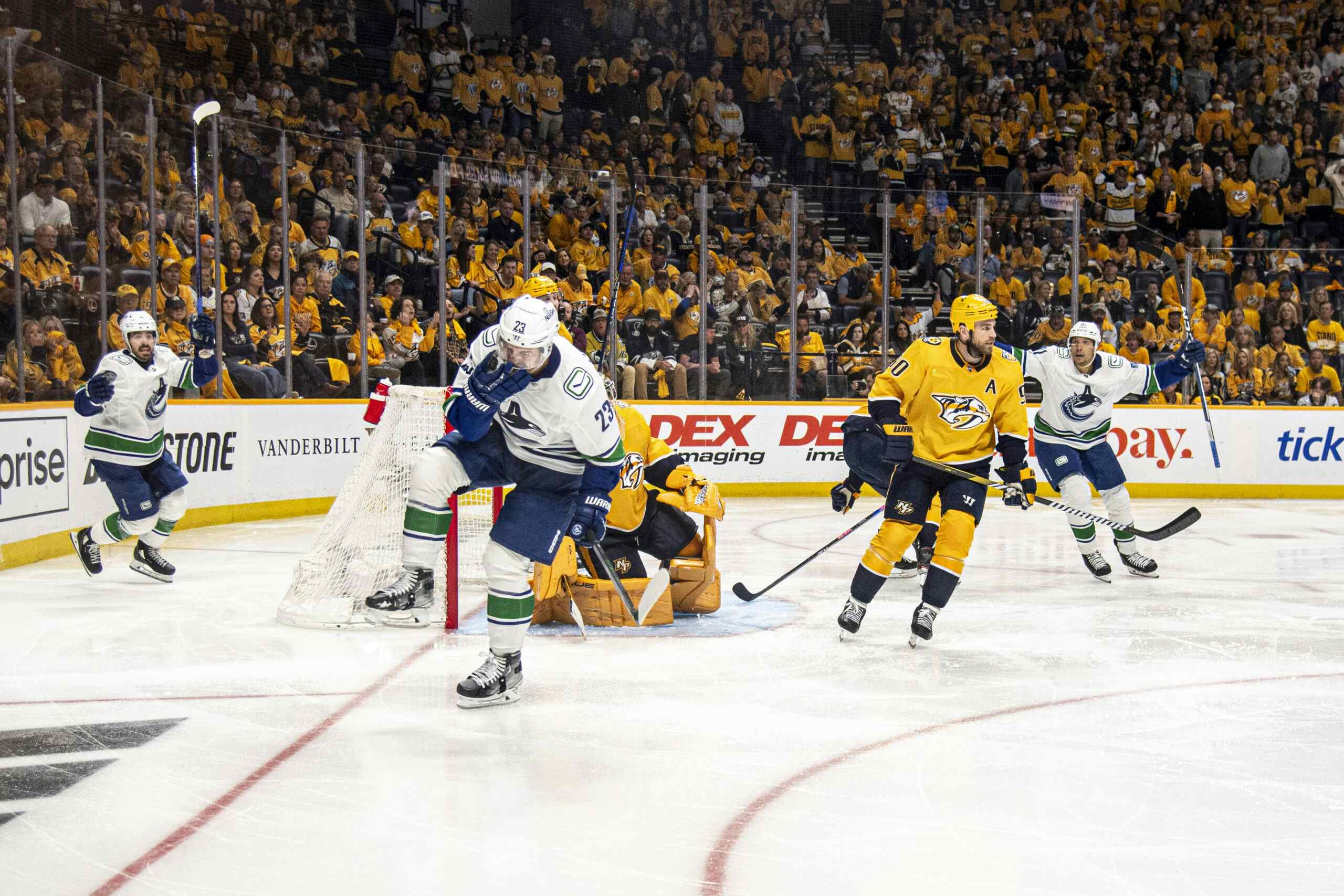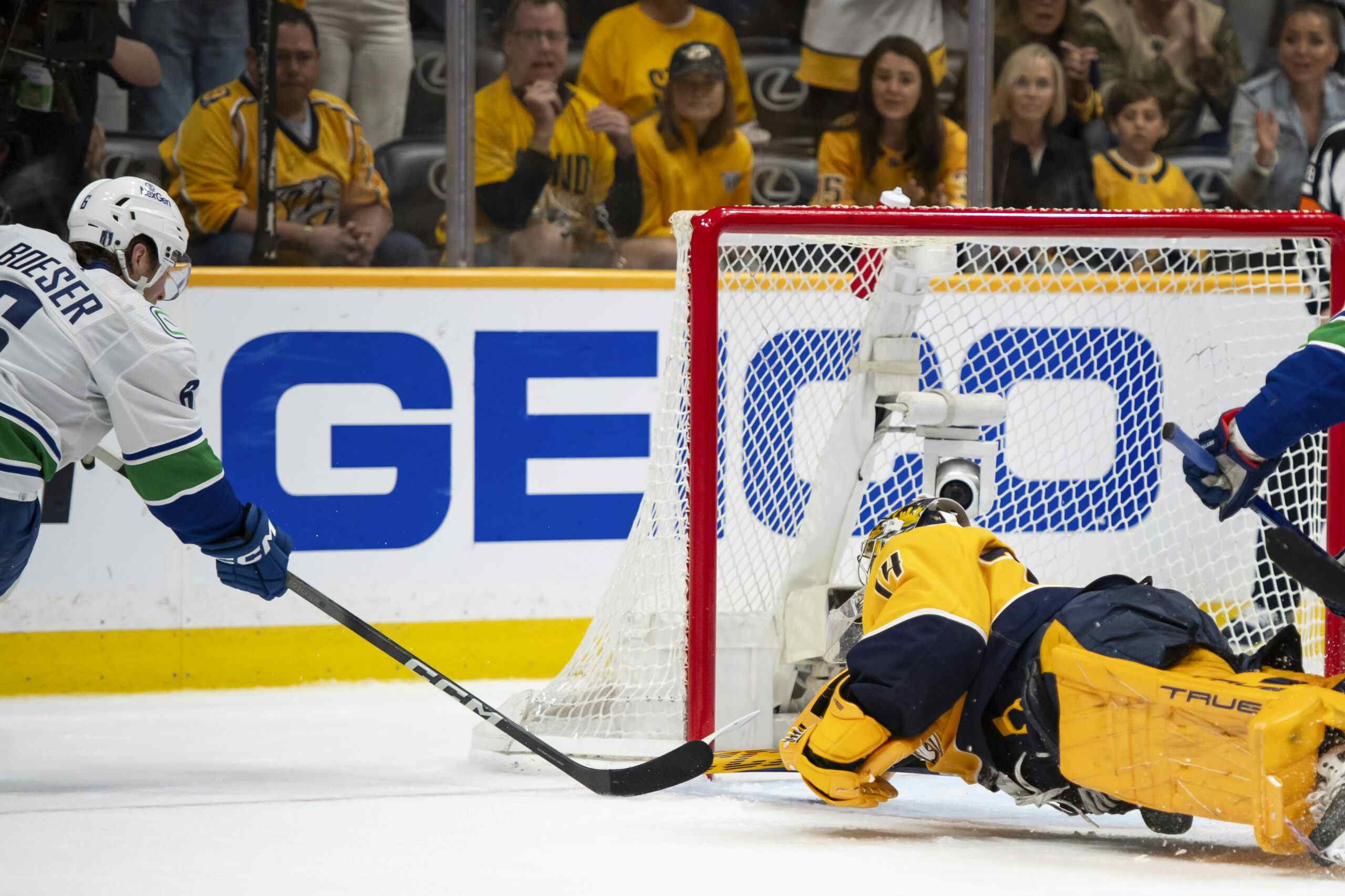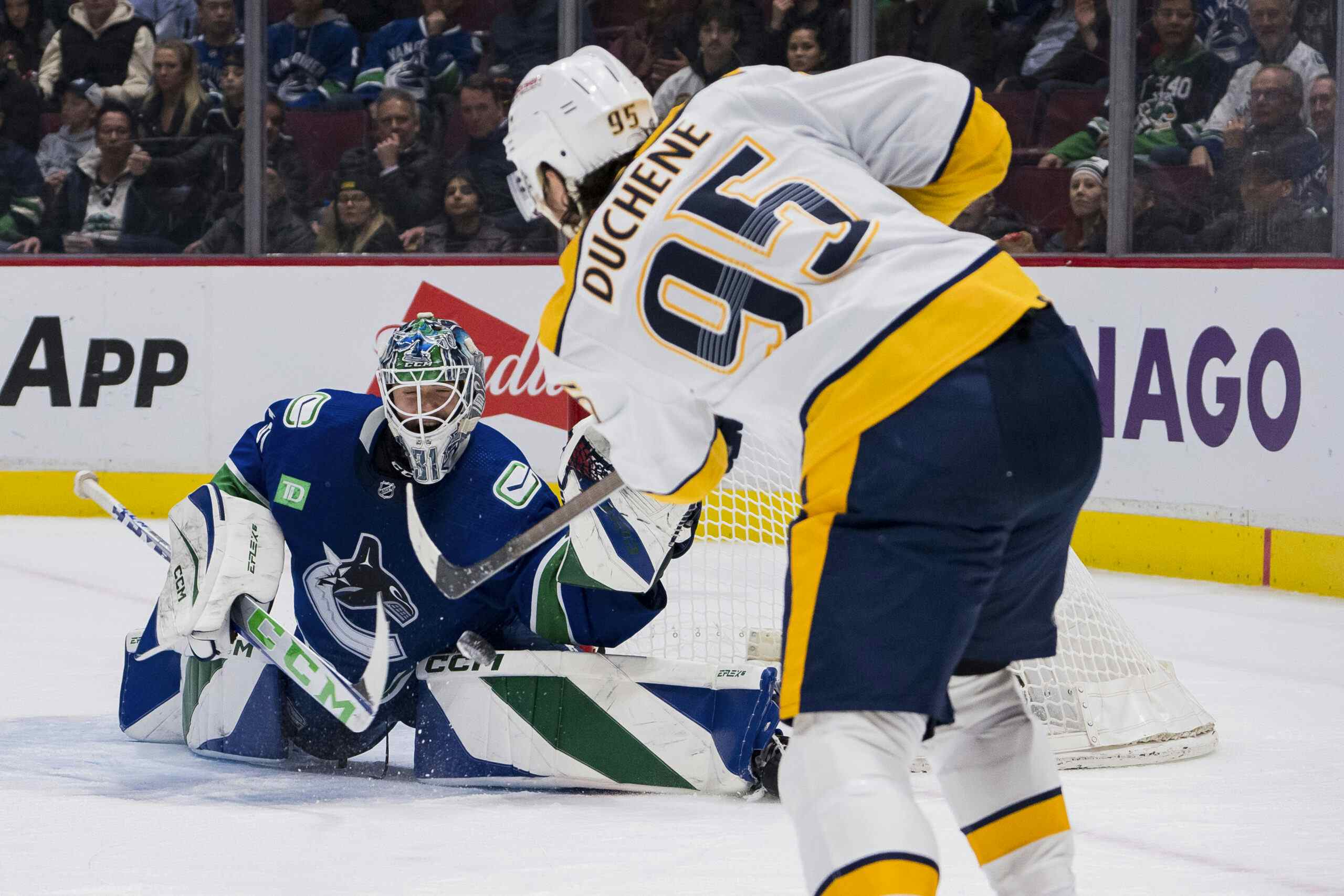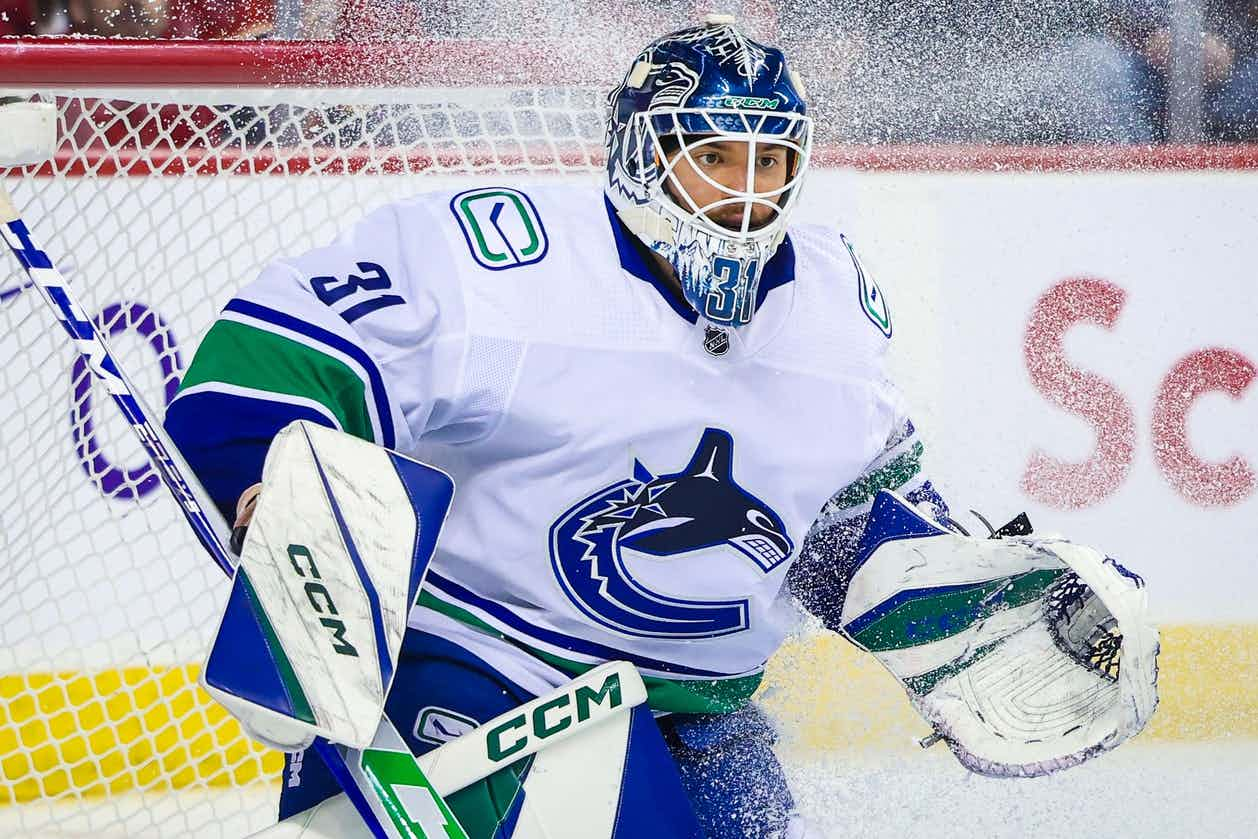Is Brock Boeser the light at the end of the tunnel?
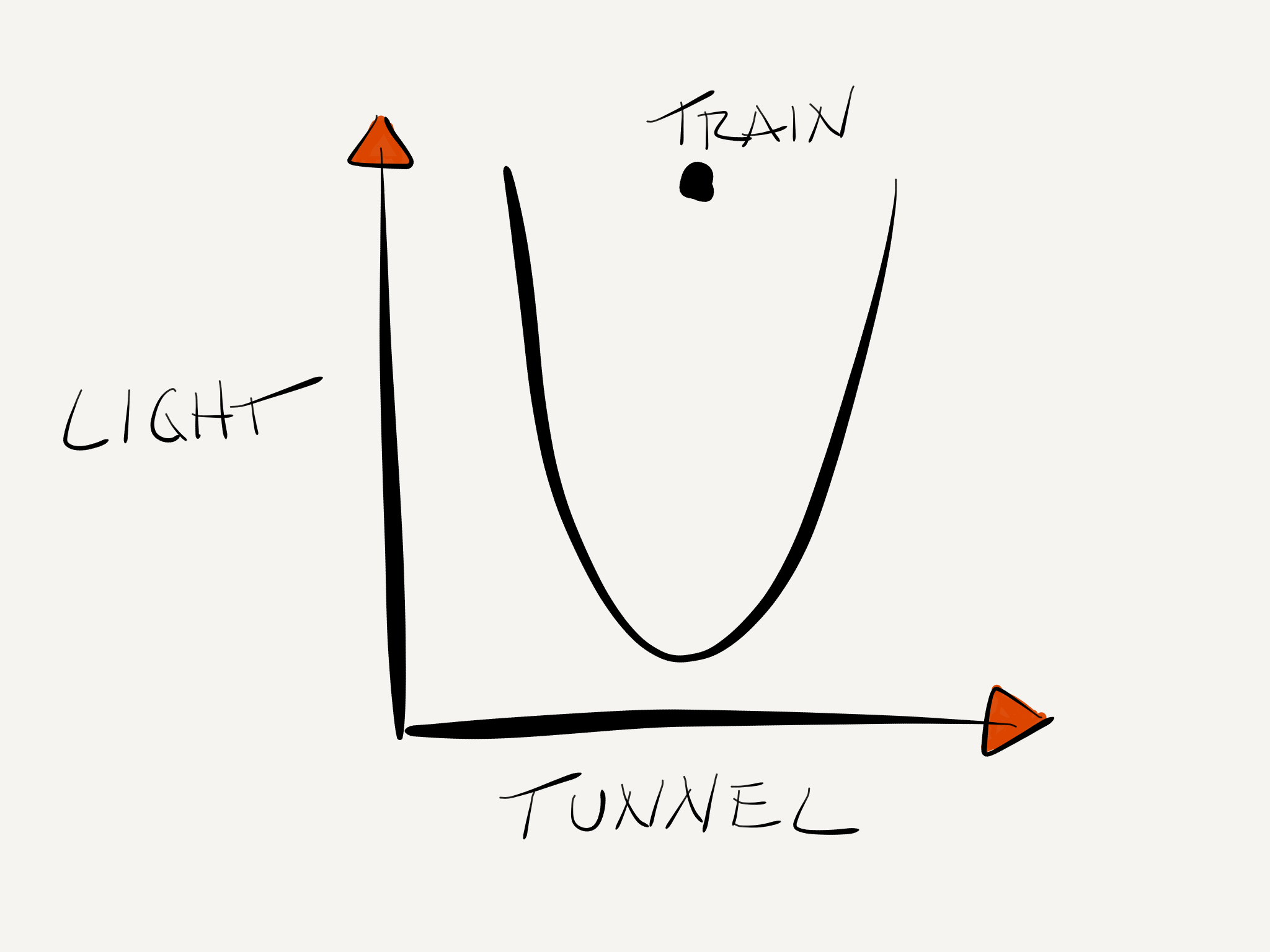
It’s probably fair to say that I have been one of Jim Benning’s harshest critics here at Canucks Army. The tide turned for me almost two years ago with the extensions to Sbisa and Dorsett. Those signings were the canary in the coal mine, and it has felt like this team has been buried under a mile of rubble ever since.
But two weeks ago, I finally saw a glimmer of daylight.
The return on Alex Burrows and Jannik Hansen at the trade deadline was some of Jim Benning’s finest work as the GM of the Vancouver Canucks. Finally, it looks like he might have started to dig up.
Mind you, Benning’s performance that week had a lot of parallels to Donald Trump’s.

If you remember, Trump was widely lauded for his Joint Address to Congress on Tuesday, but by the weekend, reality had set in and expectations of a substantive change in direction had quickly come crashing back down to earth. The same was true for what some have dubbed ‘Tuesday Jim’, who walked back much of what he had said following the deadline, needlessly used up a contract spot on Zack MacEwen, and saw his coach cause a furor after pinning the flashy Goldobin to the bench against the Kings.
But that aside, acquiring Dahlen and Goldobin were definitely steps in the right direction and Benning deserves all due credit for coming out the big winner of this year’s trade deadline.
And as we enter the NCAA and CHL signing season, there’s an opportunity to build on this momentum with another shrewd move or two. While they have recently signed UFAs Drew Shore from Europe and Jalen Chatfield from the CHL and are reportedly one of a handful of teams in on NCAA free agent Zack Aston-Reese, it is one of their own prospects that perhaps presents the greatest opportunity.
The expectation is that the Canucks are on the verge of signing Brock Boeser as soon as his NCAA hockey season ends.
Much has been made of the idea that one of the carrots that a team can dangle to entice an NCAA player to leave school and sign an NHL contract is the promise to play them in a game and thus “burn” the first year of the Entry Level Contract (ELC). However, I can find nothing in the Collective Bargaining Agreement that suggests they actually need to play in a game. Simply signing a contract for the current League Year should be enough to “burn” that first year, whether you play in a game or not. As Ryan pointed out in that piece, Boeser is 20 years old and does not need to play 10 games to avoid having the start of the ELCs slide a year:
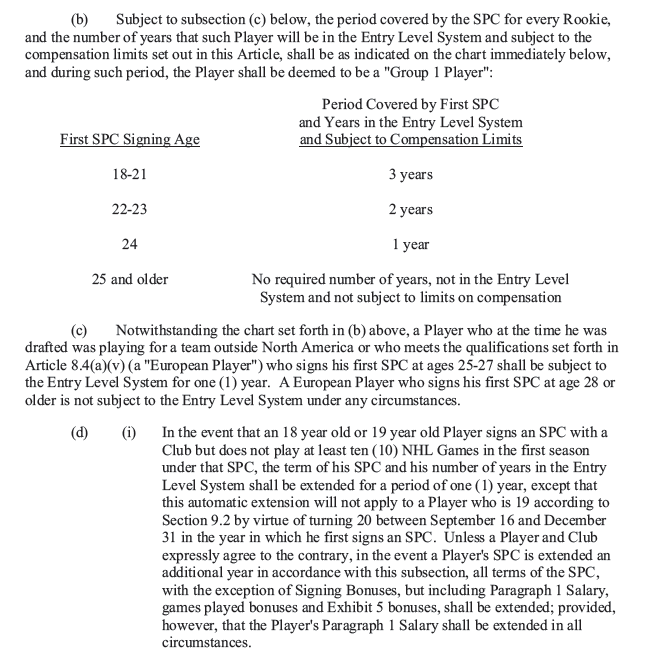
Beyond that provision, there is nothing that says an entry level player needs to play any games in order for a contract to kick in. So when Boeser signs the Standard Player’s Contract, the determining factor will be whether it is dated for the current League Year, or next season, which starts on July 1:

Regardless of whether it is necessary to actually play in a game or not, this is often seen as either (a) an enticement for teams to use to get players to leave school early, or (b) as leverage that players have over teams to force them to “burn” that first year, thus getting the player through that ELC and into their second contract a year faster. Either way, this is something that is often portrayed as benefiting the player.
However, there are a couple of mitigating factors here. First, other than top tier players that will command a hefty raise coming out of their ELC, getting to that second contract sooner rather than later might actually benefit the team in the long run. Heading into Restricted Free Agency as a 22 year old, with only two seasons to put together a pro resume that commands a big raise, it is much more likely that most players in this situation will wind up with smaller second contracts than if they were a year older and had three seasons under their belt. There are, of course, some downside risks to this course as well, and in the end it simply becomes a trade-off between more money sooner, or potentially more money later.
But one aspect of this situation that I haven’t seen discussed at all is the type of Restricted Free Agency that these players could wind up finding themselves in. And this is where perhaps Jim Benning has an opportunity to come out looking like a wily genius.
It has to do with a unique provision of the CBA that puts certain players in a bit of free agency limbo. Typically, when a young NHL player comes out of his ELC, he becomes a Group 2 Restricted Free Agent: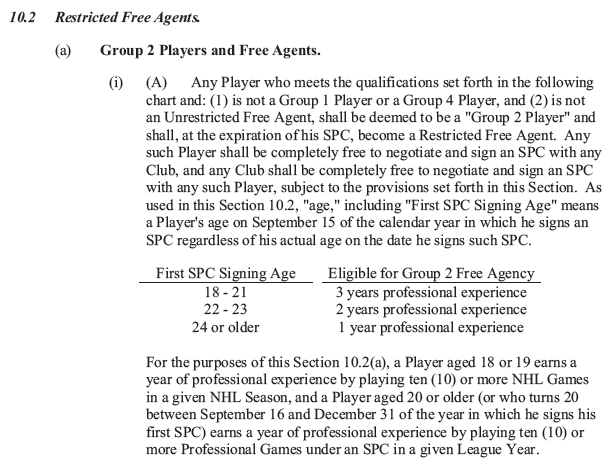

However as you can see, to be eligible for Group 2, a player needs three years of pro experience, i.e. basically the length of their SPC, except that to count as a year of professional experience, they need to play at least 10 games in a given season. Notice that for 20 year or older players, the requirement is for 10 Professional Games. The distinction here is important. Professional Games are defined as follows:

So this would include any regular season or playoff games Boeser plays with Utica. But if Boeser were to sign his Entry Level Contract to take effect this season and he does not get in to at least 10 Professiona Games, he will be on a path to reaching the end of his three year ELC with only two years of professional experience.
This is exactly the situation that Johnny Gaudreau found himself in last summer. When he entered the league with Calgary, Gaudreau played in a single NHL game with the Flames and did not play for their minor league affiliate. As a result he did not qualify as a Group 2 Restricted Free Agent. Instead, he fell under section 10.2 (c) of the CBA , which is basically a catch-all for any players that don’t meet the Group 2 requirements:

This is by far the most restrictive non-contract status in the CBA. Not only do they not have Arbitration rights, they are not eligible for Offer Sheets from other teams. So in effect, they aren’t even “restricted” free agents. The team that owns their rights is the only team allowed to negotiate a new contract with them, provided they have tendered a Qualifying Offer. The only recourse left to the player in this situation is to hold out.
Going down this route gives the team holding the player’s rights pretty much all of the leverage when negotiating that second contract. And for a player with offensive upside like Brock Boeser, that leverage might just come in handy if he has any kind of immediate success at the NHL level. Burning that first year of his ELC without letting him get in on 10 games either with the Canucks or down in Utica is a relatively low-cost strategy that could help limit the cost of an early breakout season from Boeser.
There are a number of other factors at play with Boeser, including how long his NCAA season lasts, which depends a lot on whether North Dakota makes the Frozen Four. But even if North Dakota’s season outlasts the Canucks’ season, if Benning could still ink him to a deal and get him into between one and nine games with Utica, he could be setting himself up to have the upper hand in two year’s time.
And that would go along way to restoring confidence in his ability to effectively manage assets at the NHL level.
RECENT GRAPHIC COMMENTS
Recent articles from Graphic Comments

